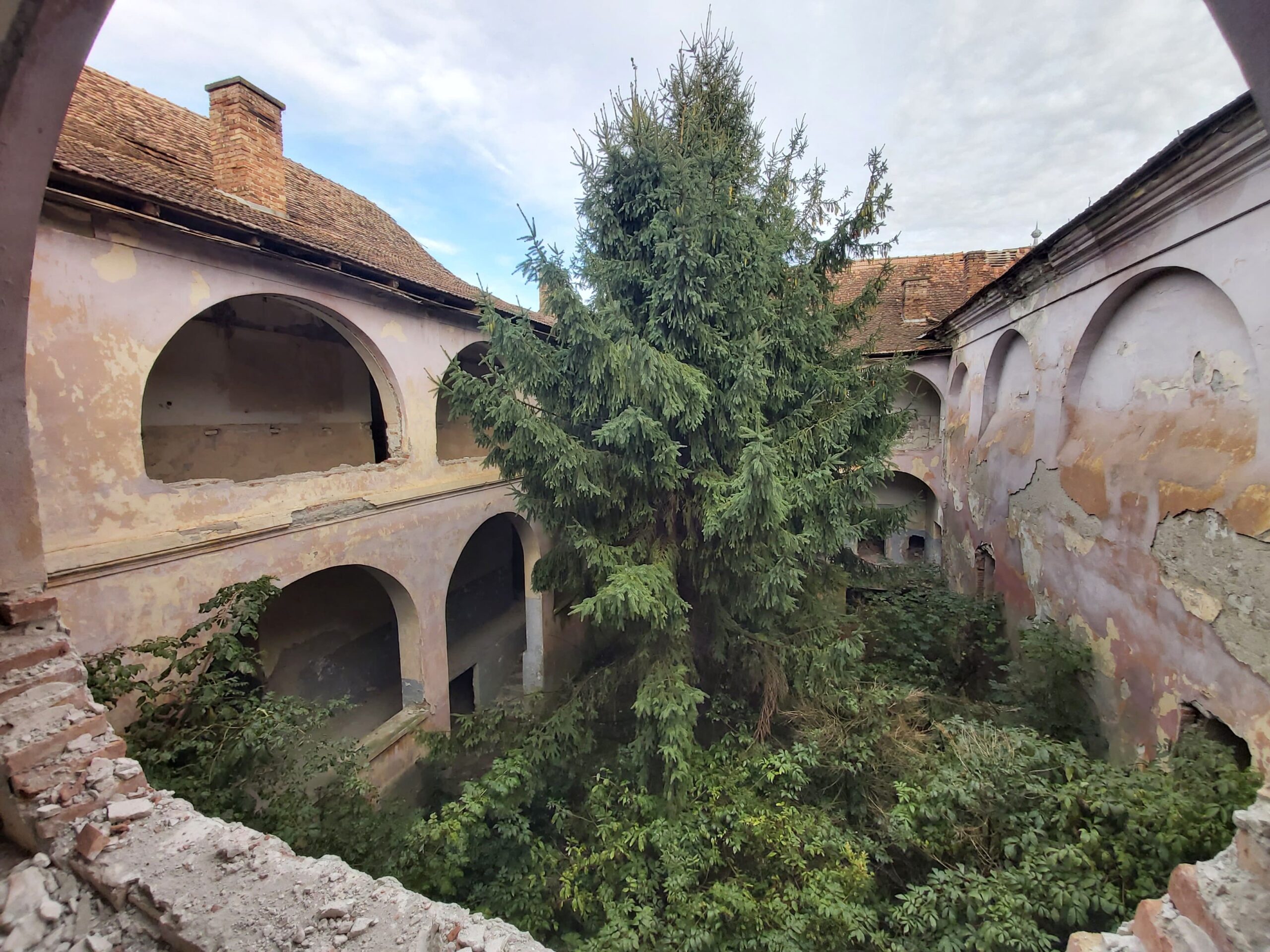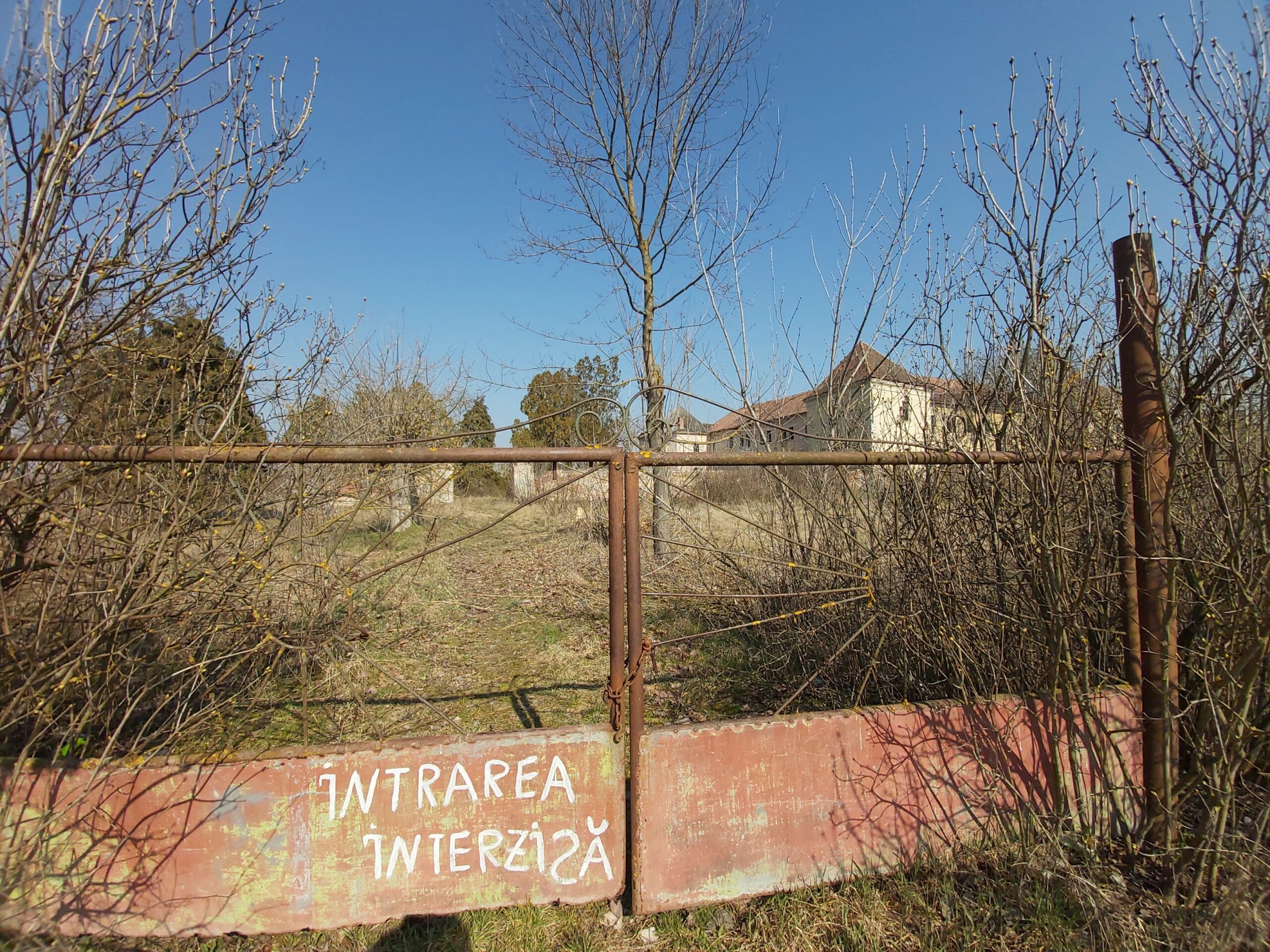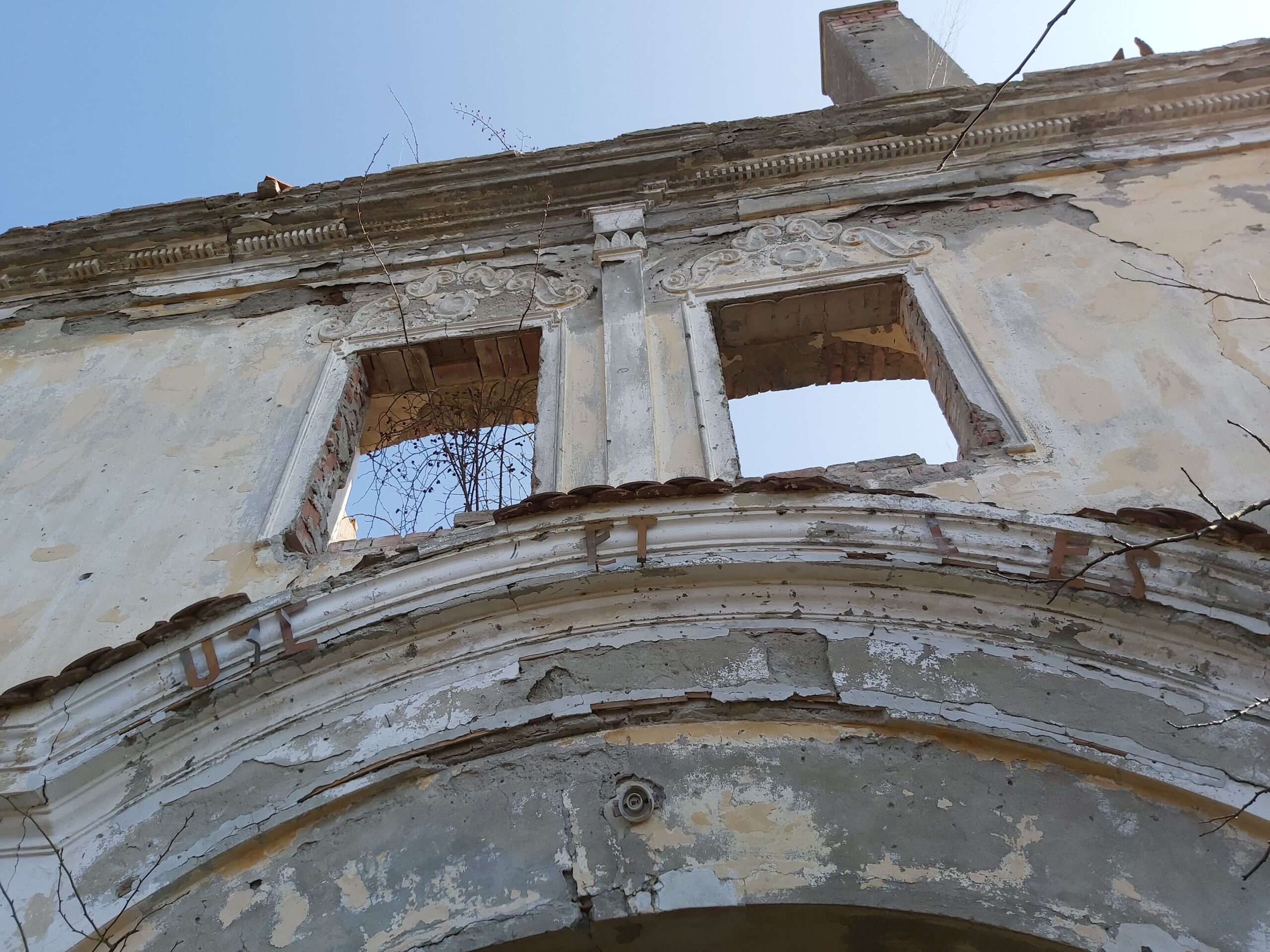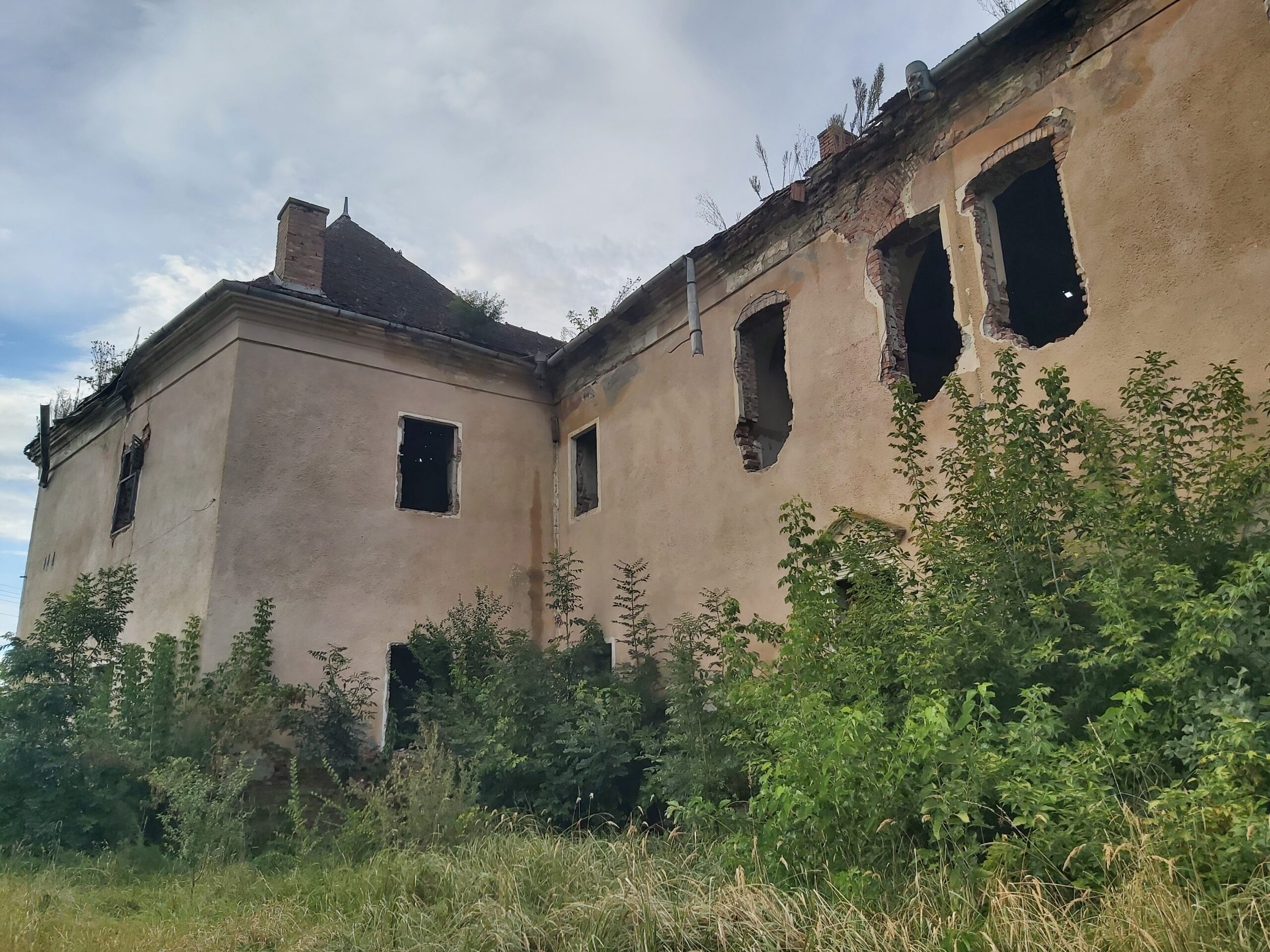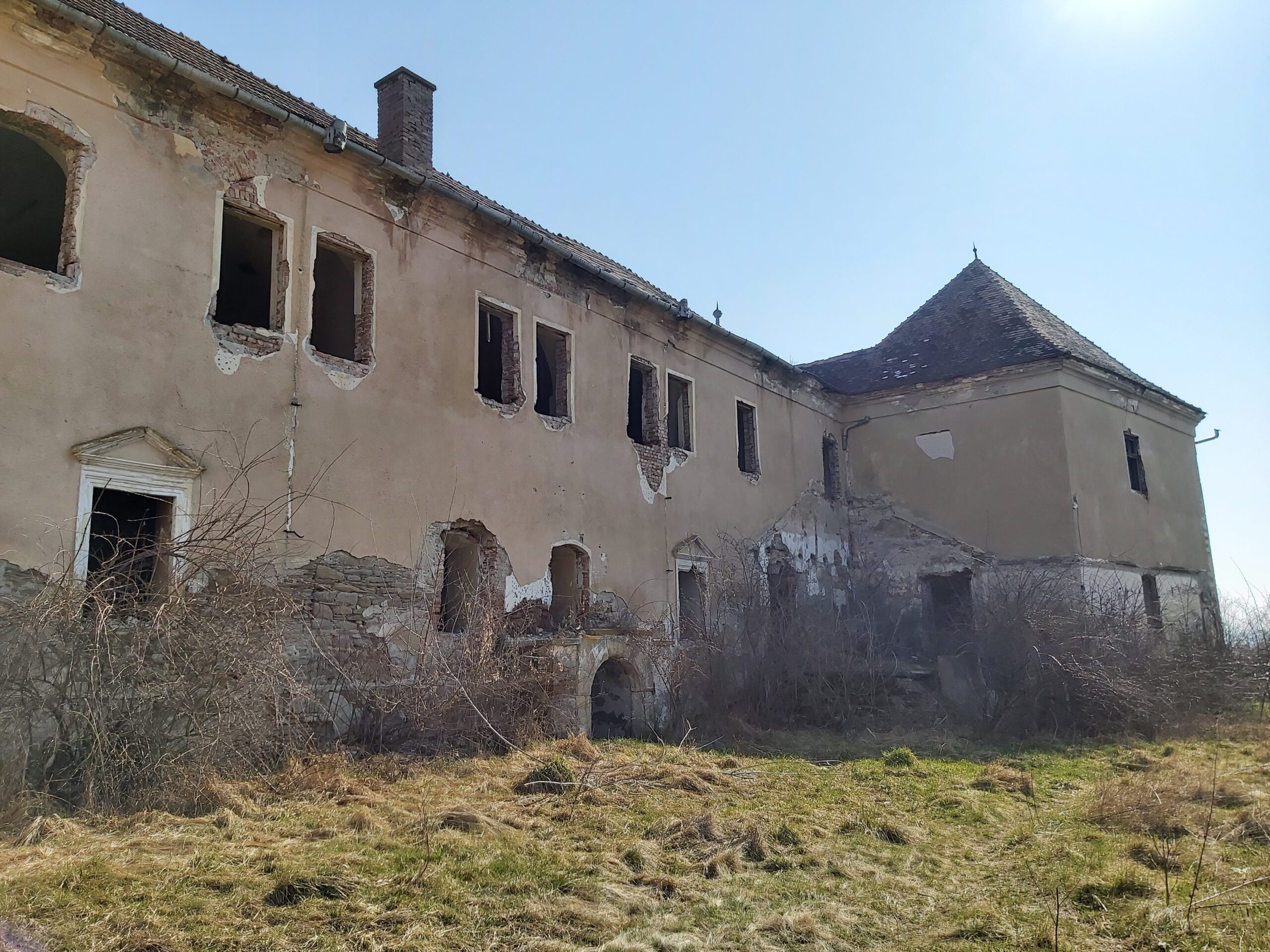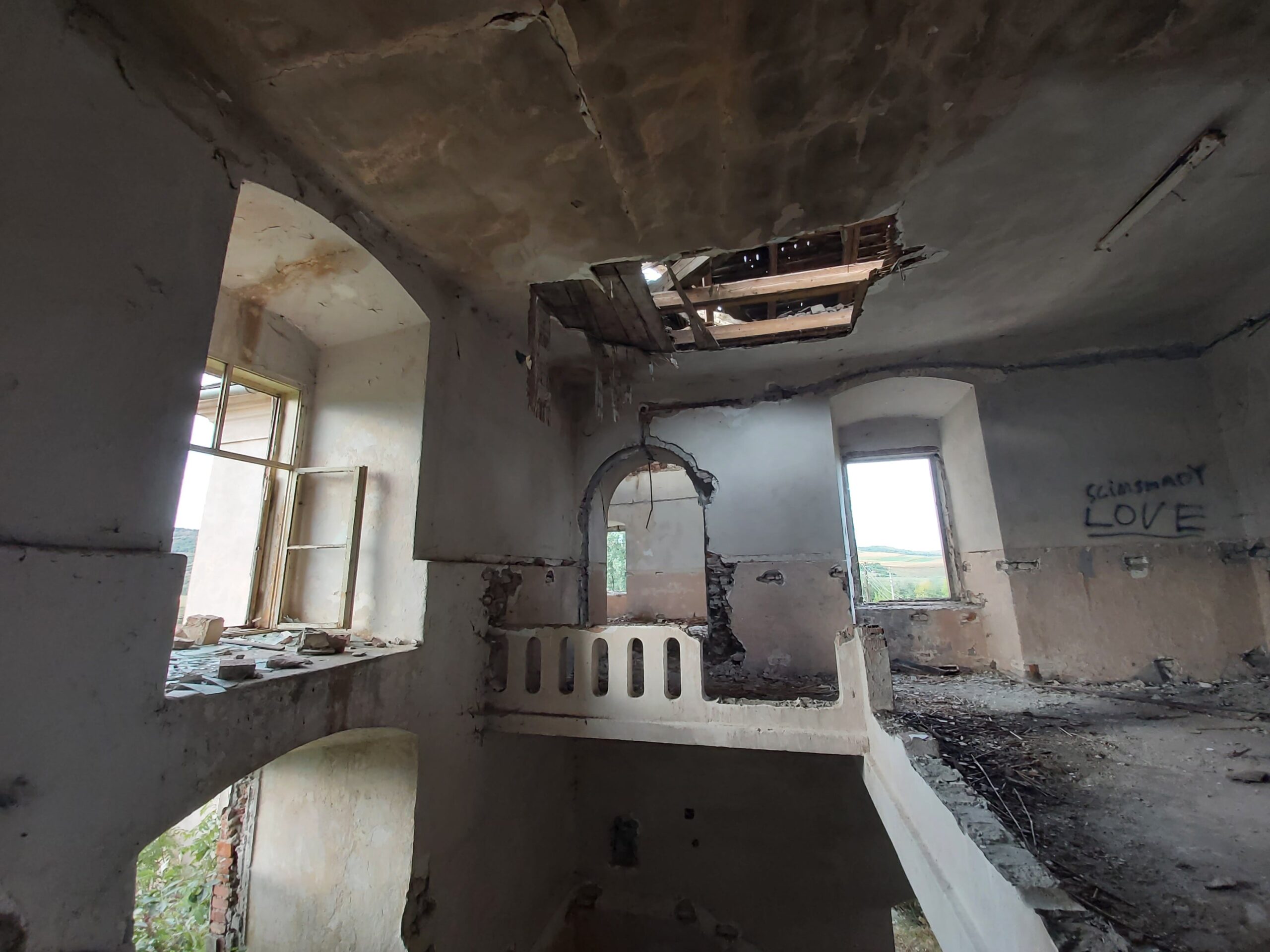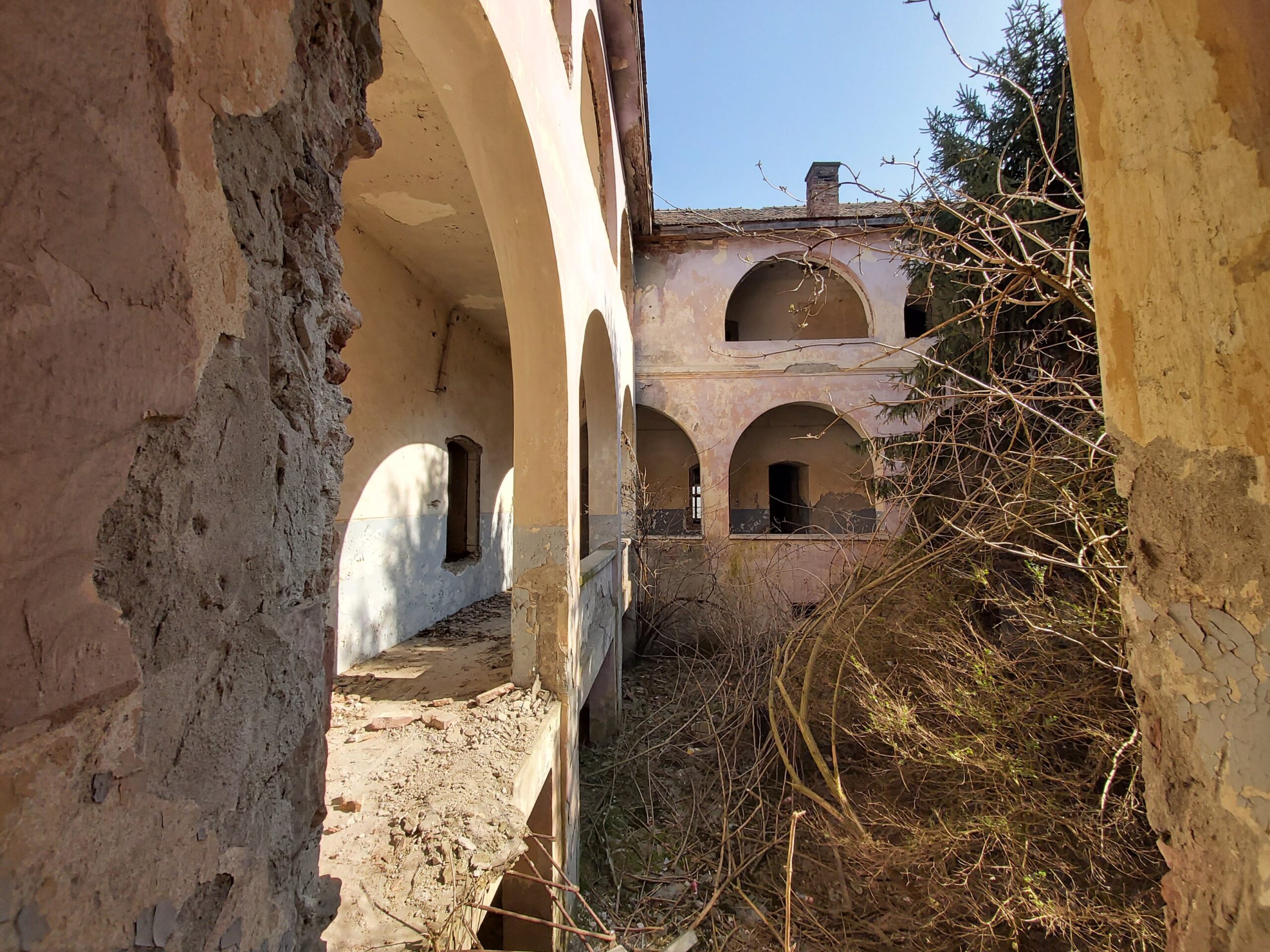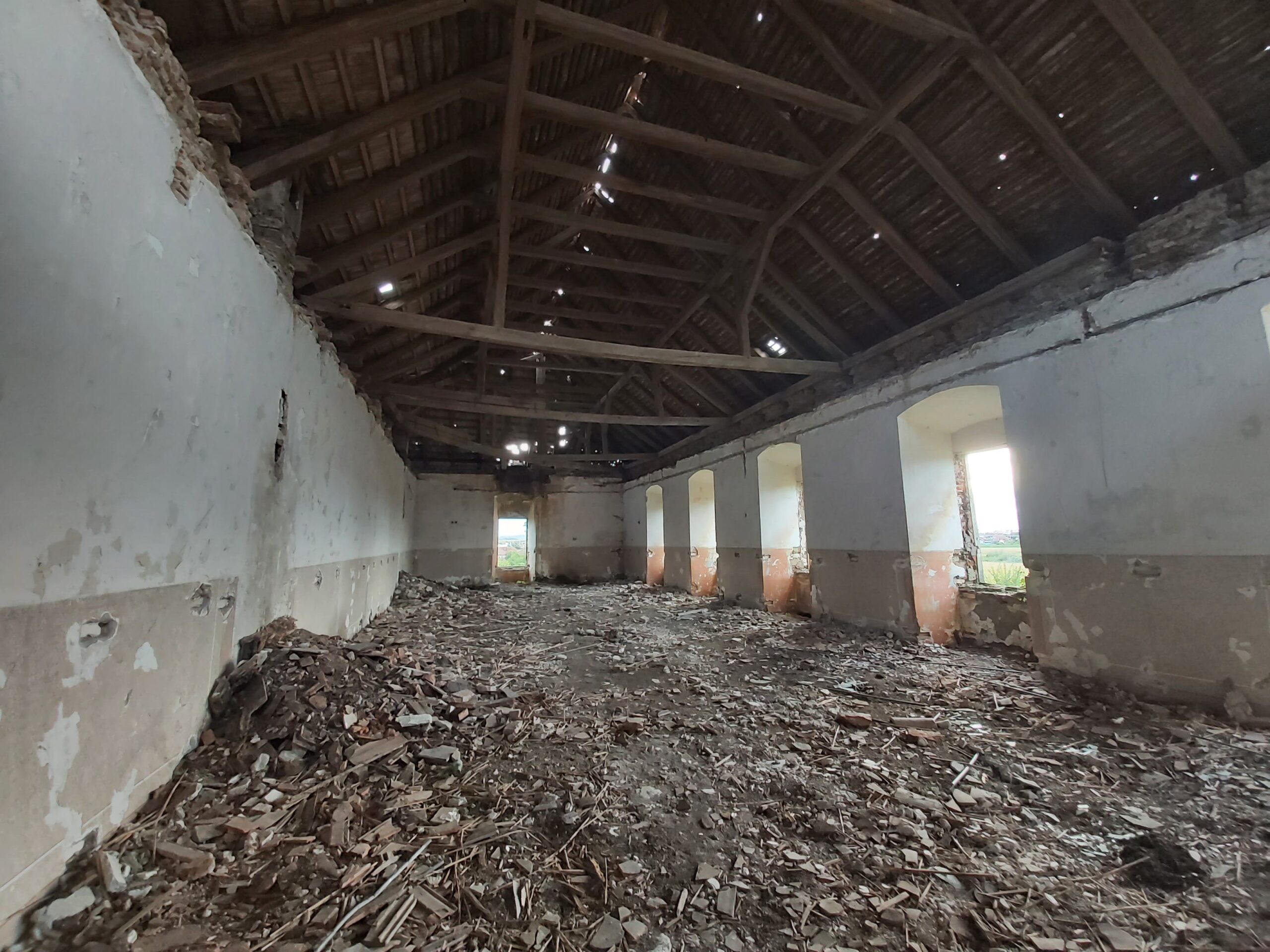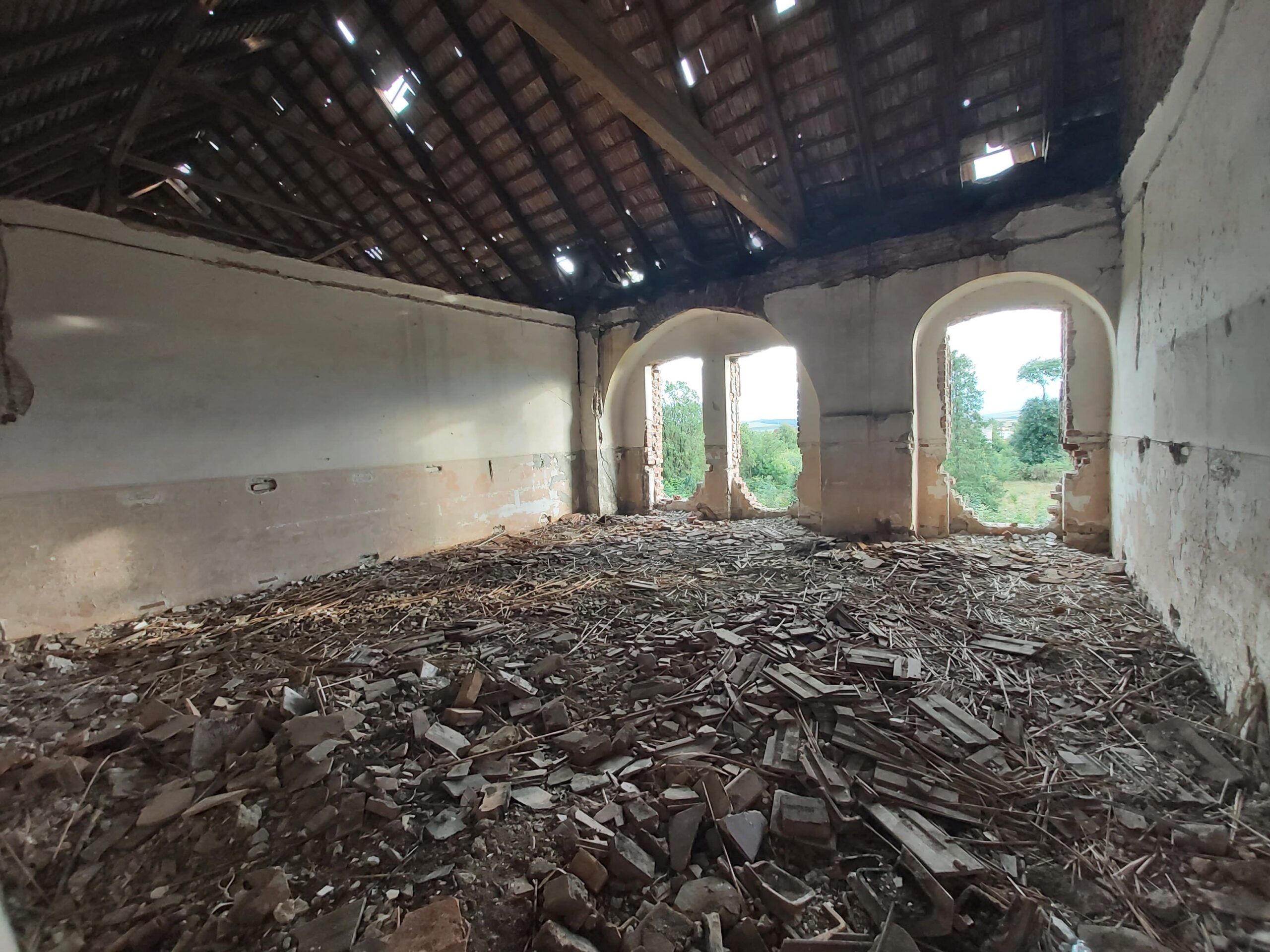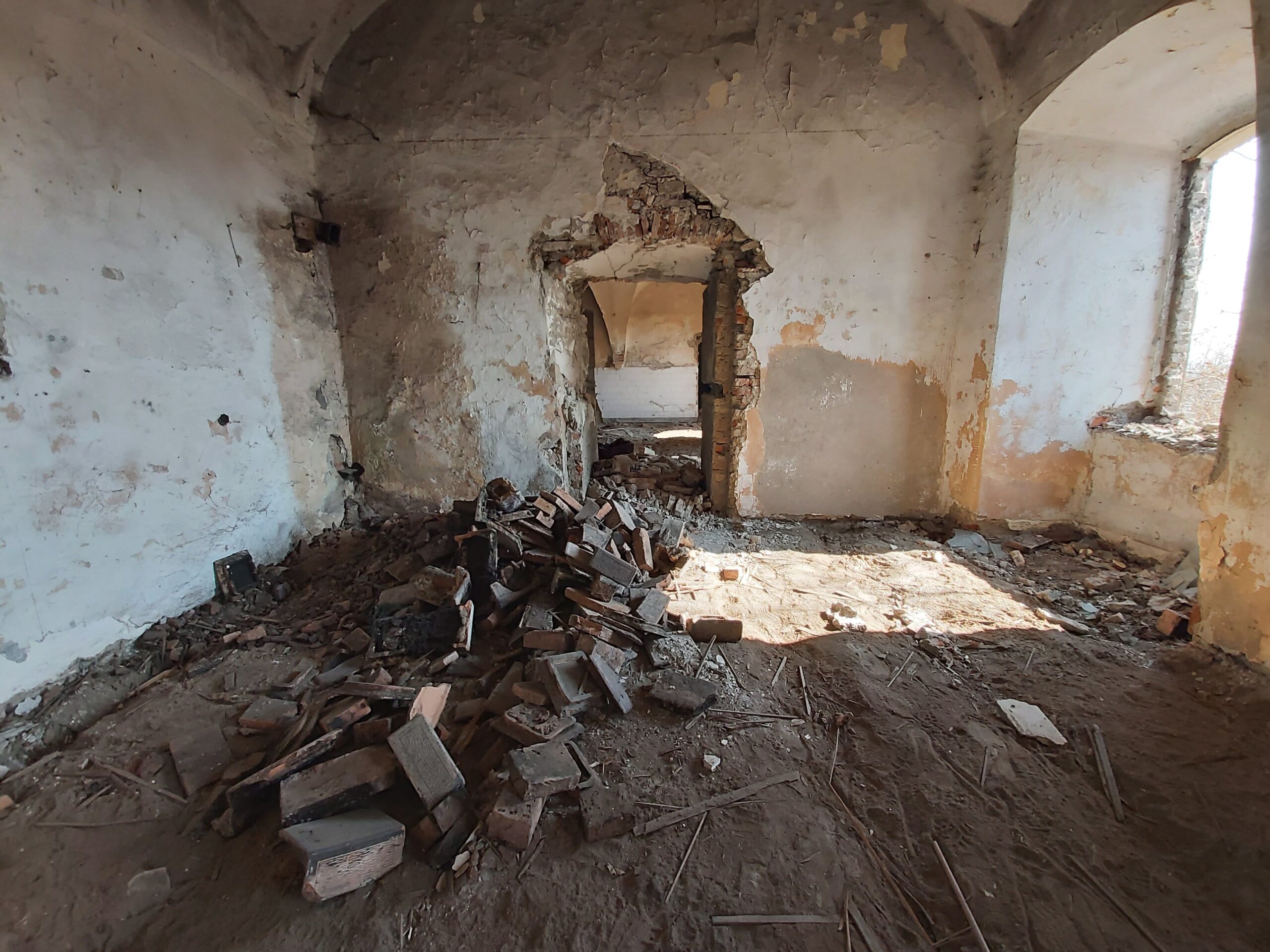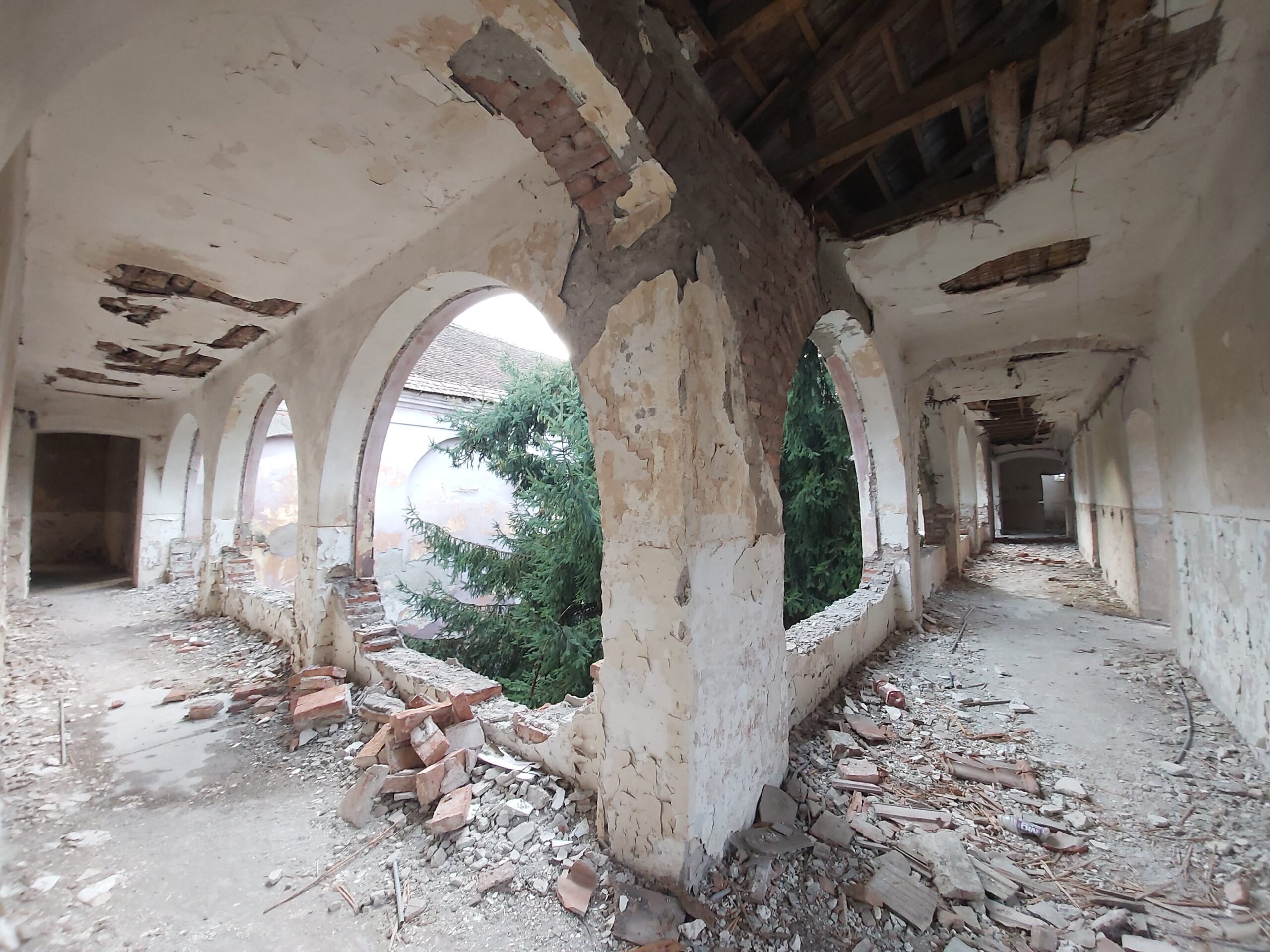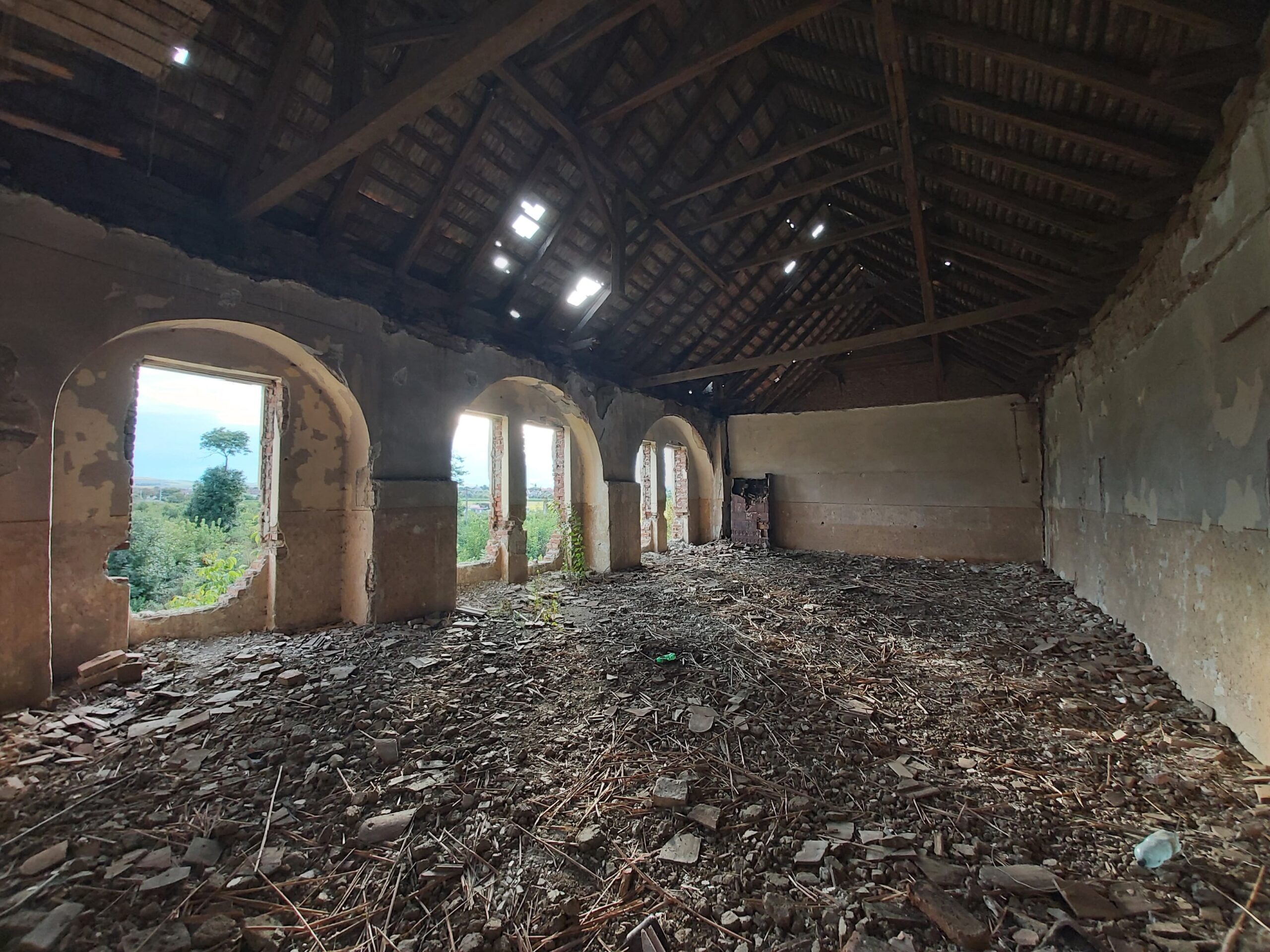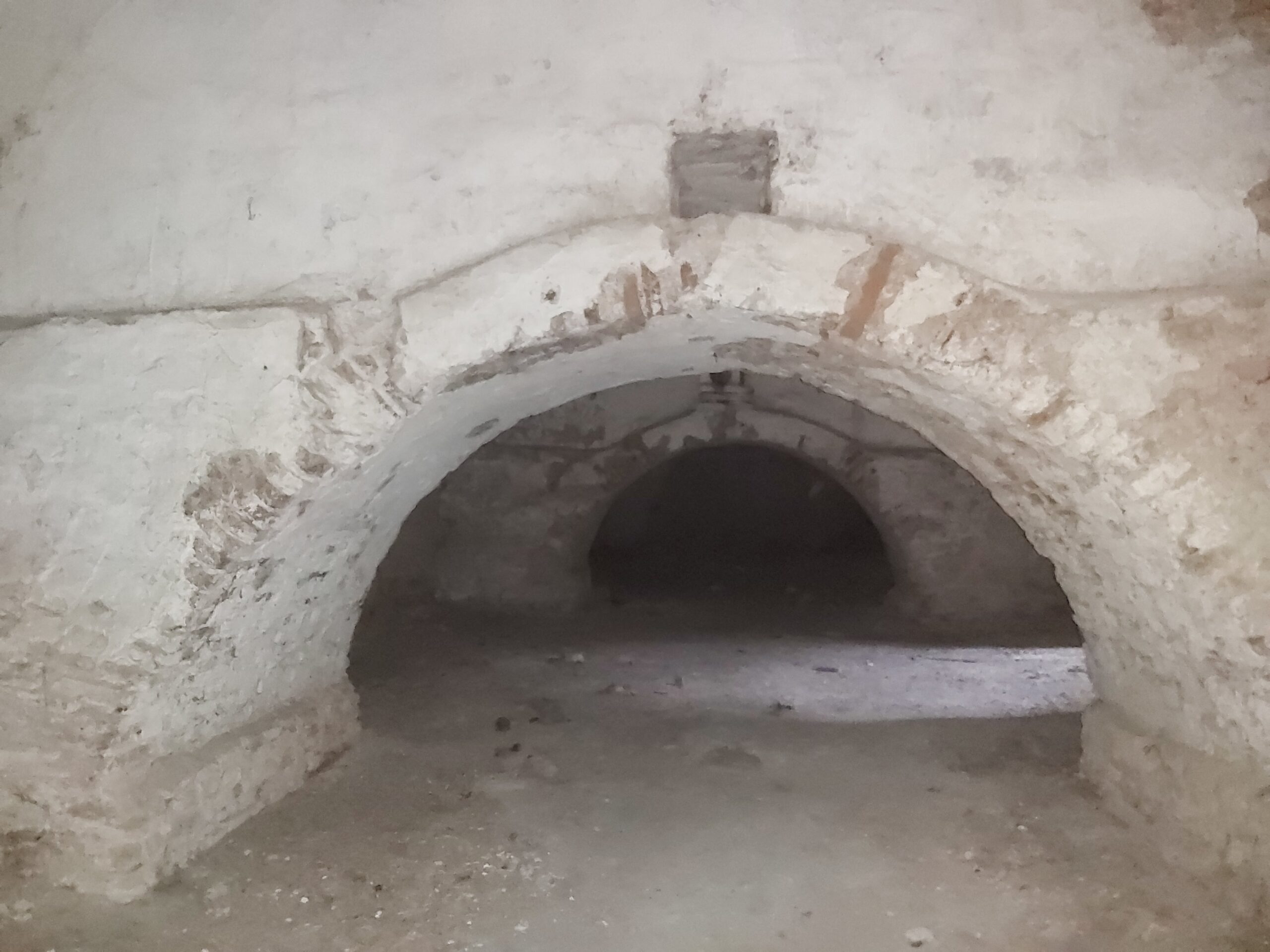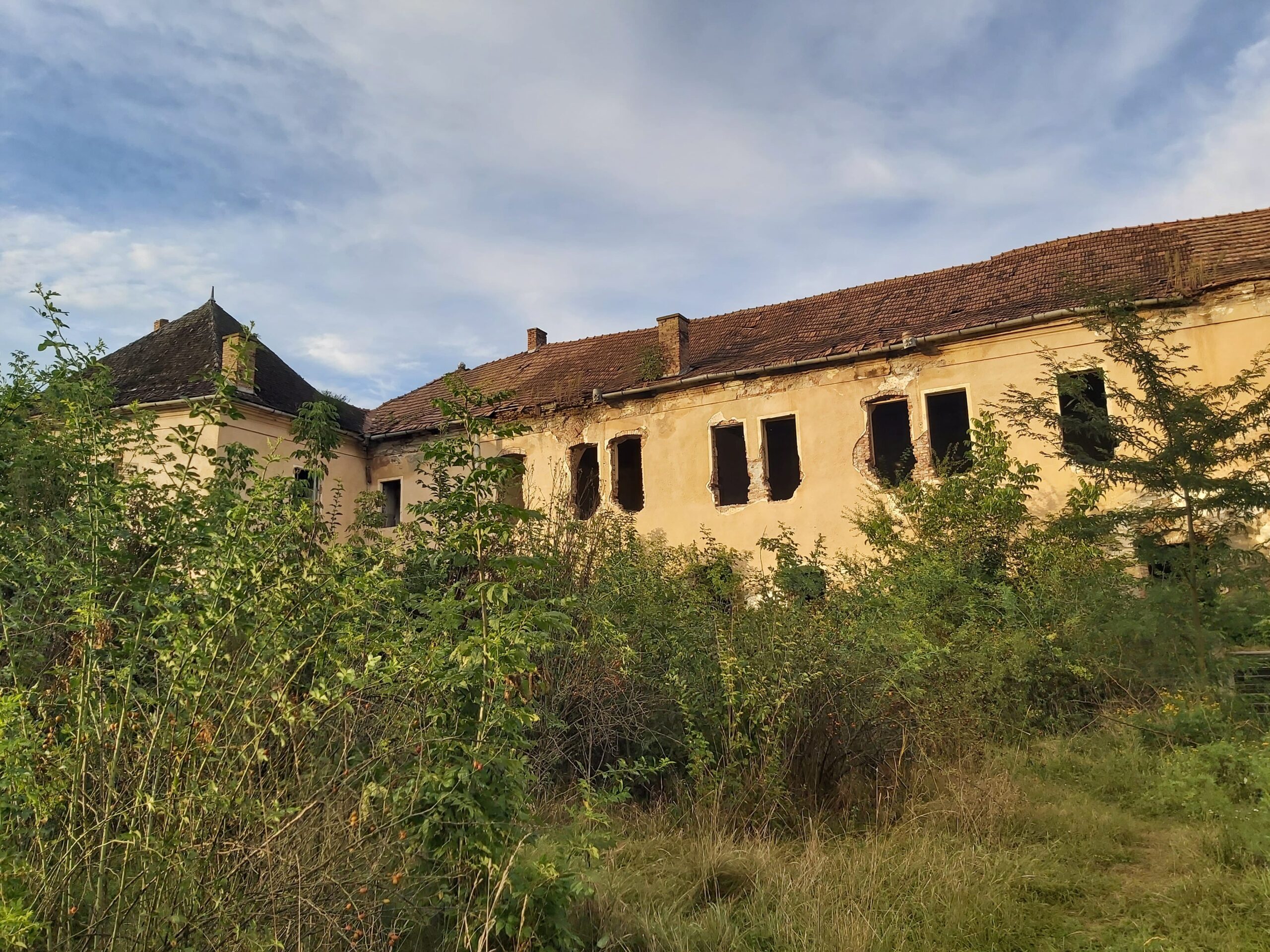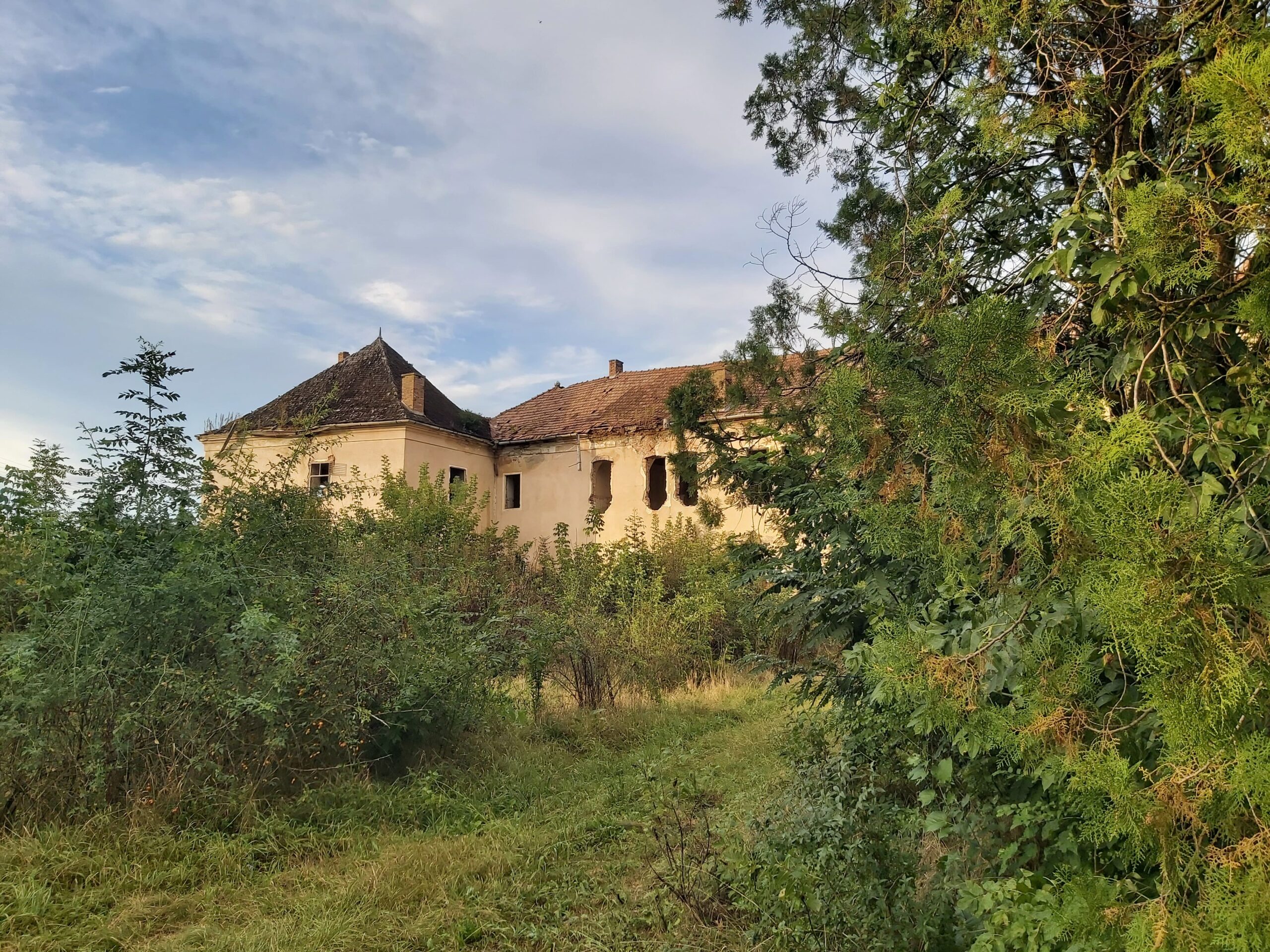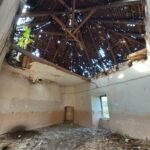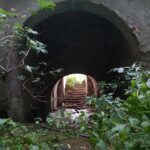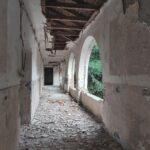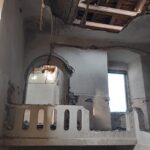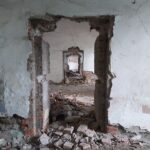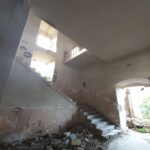Iernut (Radnót, Radnuten) – Mureș County
Built in the Renaissance style, Rákóczi Castle in Iernut passed through the hands of the crème de la crème of Transylvanian nobility over the centuries, from the Bogáthi, Kornis, and Bethlen families to the Apafi, Rákóczi, and Haller families. However, a long period of legal uncertainty has led to the systematic destruction of the historical monument on the banks of the Mureș River.
The first owners of the castle in Iernut ended up executed
The quadrilateral castle with four corner bastions was built in 1545 by Gáspár Bogáthi, who was beheaded by order of Prince Stephen Báthory (Cluj, August 8, 1575) for his role in supporting Gáspár Bekes, a claimant to the title of prince, defeated in the battle of Sânpaul. Confiscated by the Treasury of Transylvania (Fiscus), the castle was donated by the new Transylvanian prince, Sigismund Báthory, to Ferenc Kendi, who did not enjoy the property for long, also being executed. The third owner, Boldizsár Kornis, was also unlucky, being accused and killed for conspiring against Prince Gabriel Báthory (1610) who, ironically, had rewarded Kornis just two years earlier for his help in obtaining the throne by donating the Iernut estate to him.
After a period in which even Prince Gabriel Bethlen made some modifications, the castle was bought from the Kornis family by Prince George Rákóczi II (1649), under whose guidance the famous Venetian architect Agostino Serena reconfigured the construction on the Mureș River. Among other works attributed to him are the Rákóczi Castle in Urmeniș (Bistrița-Năsăud County), the old building of the Reformed College in Cluj, and the Bethlen Castle in Ilia (Mureș County), leaving his mark with the Latin inscription on the northern portal (AUGUSTINUS SERENA ARCHITECTUS VENETUS OPERA FECIT). Later, inherited from his mother, Anna Bornemissza, Prince Michael Apafi II transformed the castle into the place where the Transylvanian Diets were held, with 15 such meetings organized on the estate that was to be inherited by Apafi’s widow, Kata Bethlen.
In 1703, the Kuruc troups led by Francis Rákóczi II occupied the castle from the Habsburgs, but the prince spent only one night in the castle, on March 18, 1707, when he stayed here on his way to Târgu-Mureș, where he was to be proclaimed Prince of Transylvania. After Kata Bethlen’s death (1758), the estate passed back to the Treasury until 1764, when it was bought by Chancellor Miklós Bethlen. After a fire that consumed the shingle roof (1802), caused by the stray bullet of an officer disturbed by the stork on the chimney, the castle underwent several transformations. The simple tiled roof is visibly smaller, the defense structure was gradually removed, the moat was filled in, and the outer stone walls were demolished.
Rákóczi Castle in Iernut, lost in a card game (?), donated to the Roman Catholic Church
In the second half of the 18th century, the estate was complemented by a new Baroque-style gate building, known as the „House with Snakes” thanks to the Bethlen family crest – the crowned snake holding the globus cruciger in its mouth. The castle remained in the possession of the Bethlen family until 1885, when Count Mark Bethlen is said to have ceded it to Count Jenő Haller after being defeated by him in a card game. Without clear evidence to support this legend, Mark Bethlen nevertheless had a problematic life, burdened by debts especially after the death of his father, Kamilló Bethlen (1883), a theory indicating the possibility of such a tragic outcome. It is certain that Jenő Haller ceded the estate to the Roman Catholic Church, later coming into the possession of the Transylvanian Roman Catholic Status.
Nationalized in 1948, the Rákóczi Castle was transformed into the headquarters of the agricultural cooperative, then becoming an agro-industrial high school. This lasted until 2001, when the school left the building, which rapidly deteriorated in the turbulent years that followed. Restored in the 1960s and transformed into a memorial museum, the „House with Snakes” also became a ruin. Despite the transformations made during the socialist era, the ground floor rooms still retain the specific architectural elements of the Renaissance… but it is not known for how long, with an initial alarm signal being the fire that engulfed the castle on March 18, 2012. After a long restitution process (2003-2020) between the Roman Catholic Status and the Romanian state, the building passed into the possession of the Romanian state, theoretically managed by the Ministry of Finance, which in turn passed the matter to the Ministry of Culture.
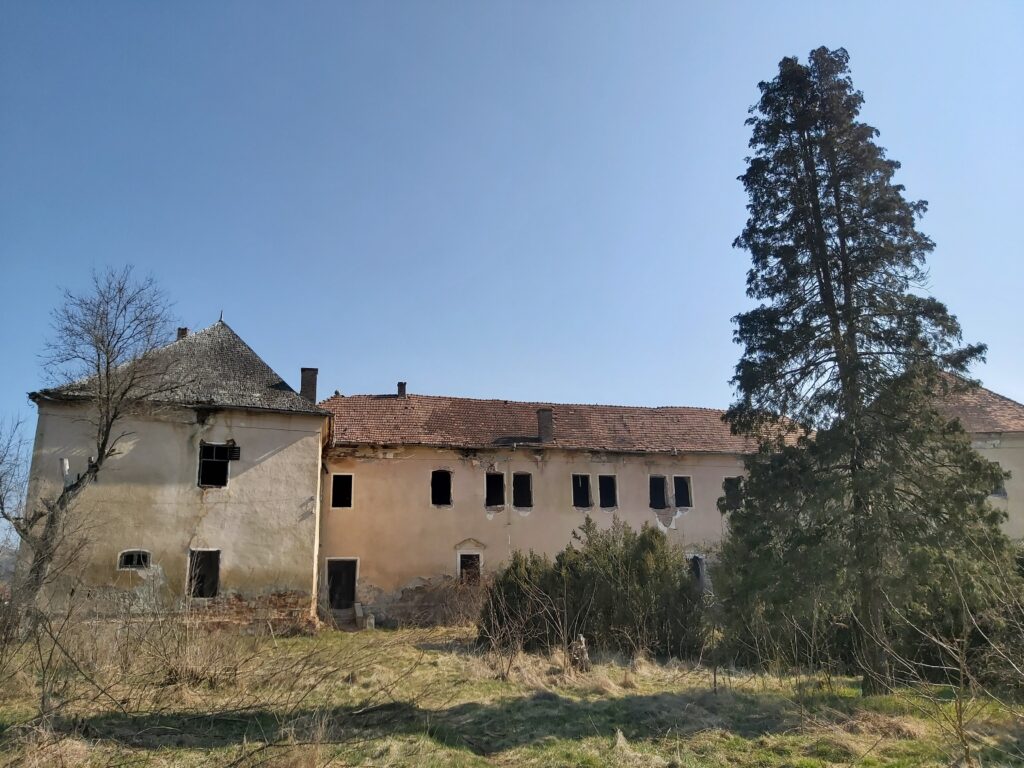
Although there is also interest from buyers, the unclear legal situation of Kornis-Rákóczi-Bethlen Castle in Iernut deprives it of the much-anticipated salvation. While the Romanian state points fingers at local authorities, the Mureș County Directorate for Culture shrugs, while the Iernut City Hall lacks the funds even to register the property. Meanwhile, the castle itself is systematically destroyed. Window by window, beam by beam, brick by brick.

